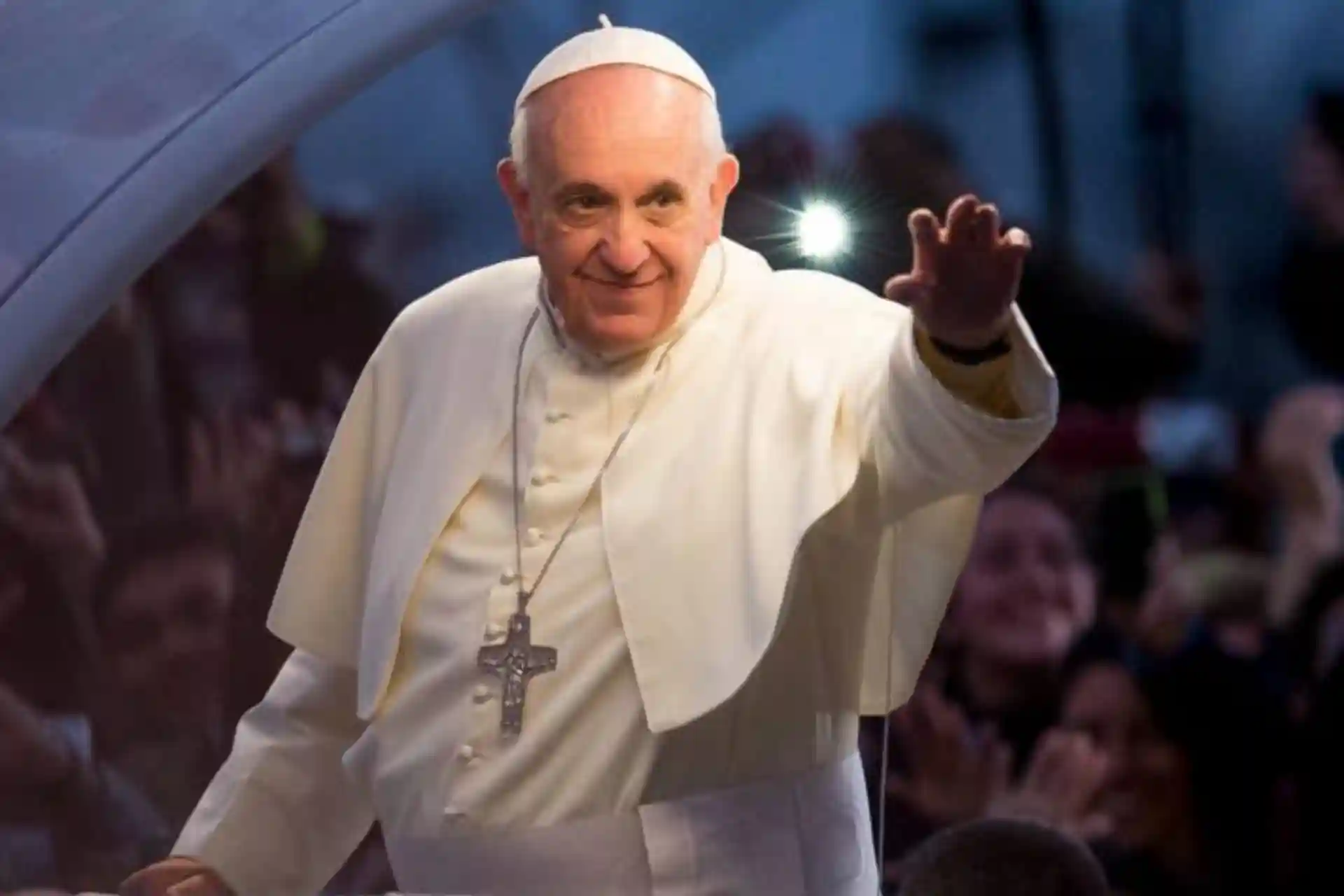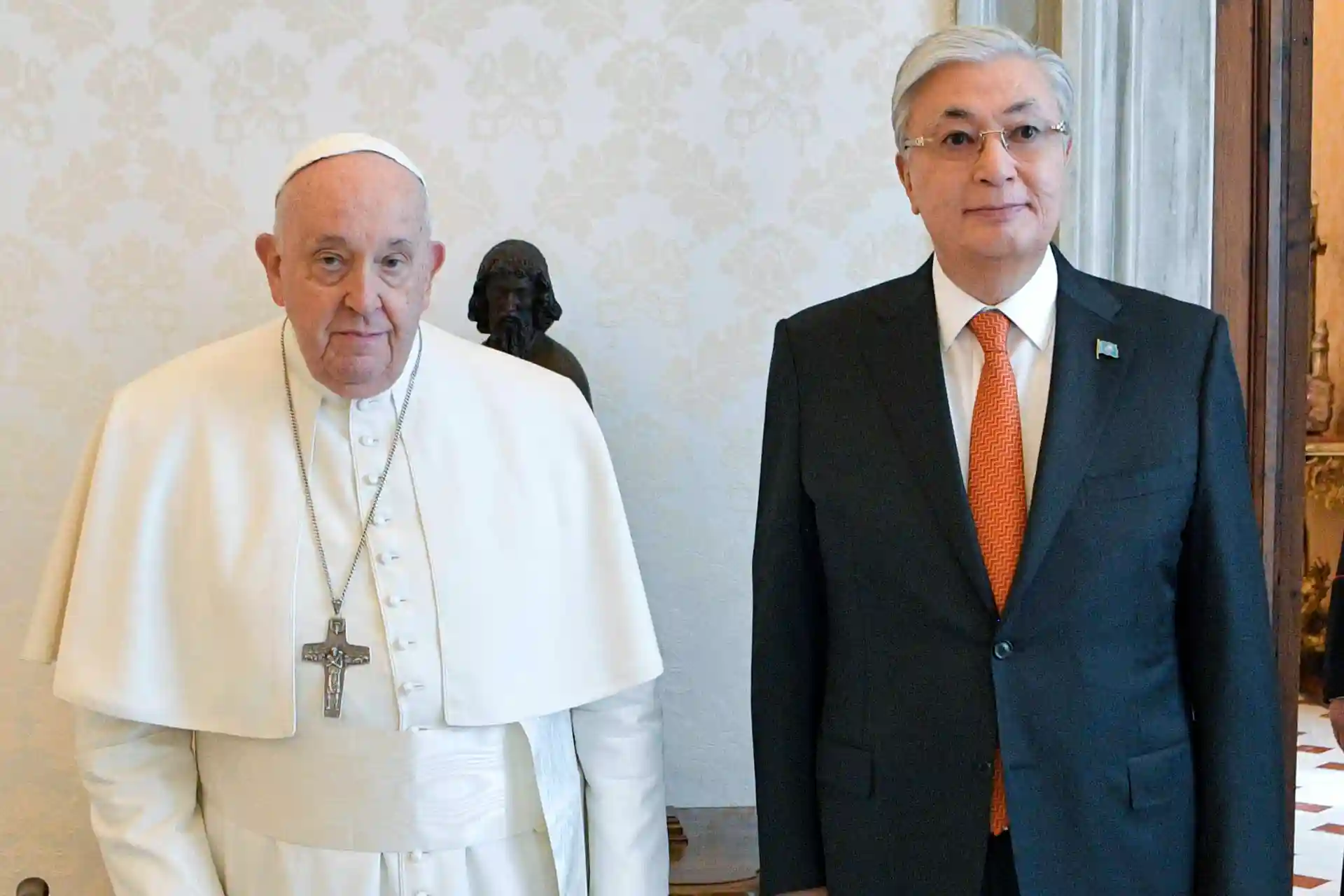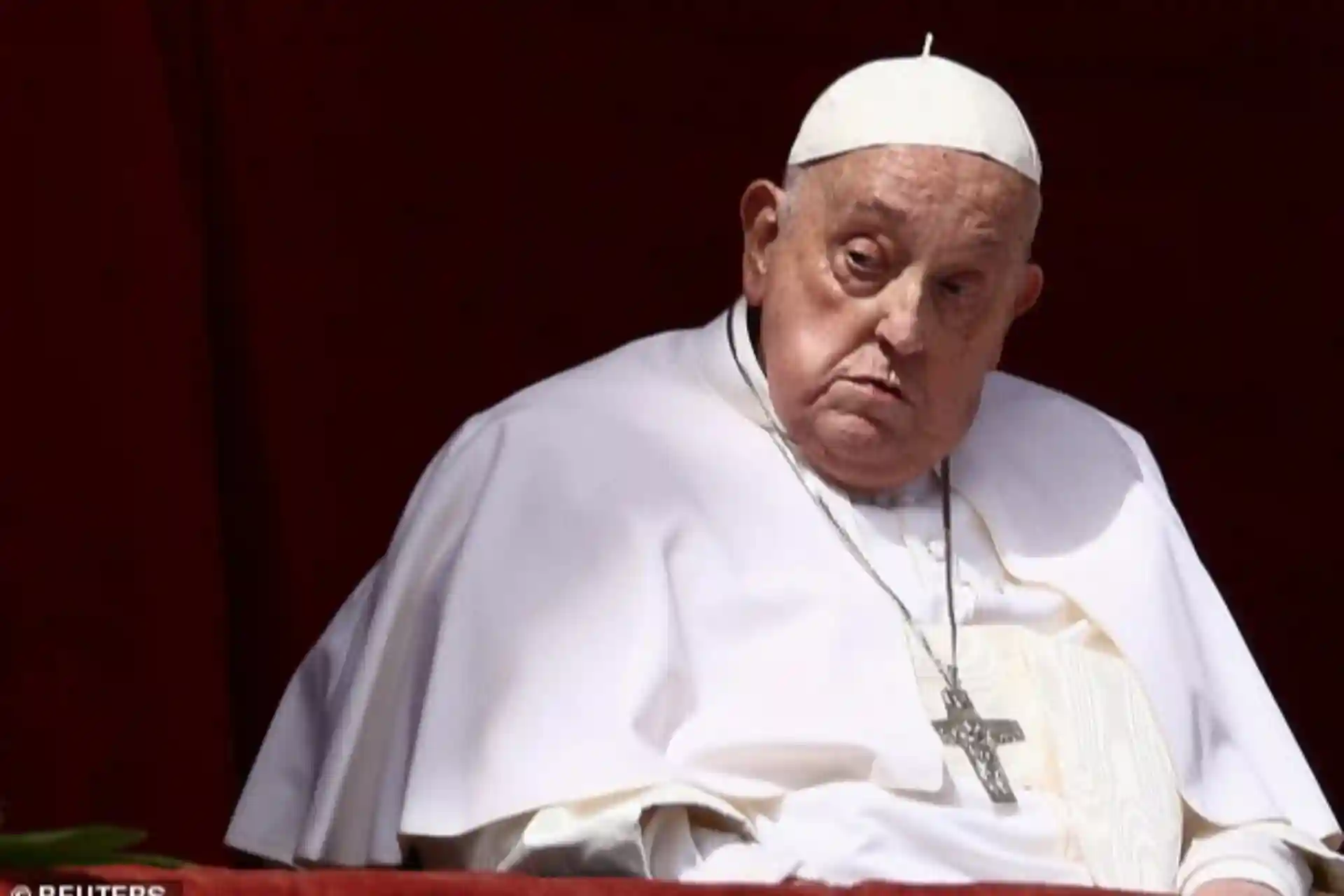28.04.2025 13:56
1436
History of the Papacy: From Jesus Christ to the Vatican State
According to Christian belief, the history of the papacy began with the choice of Andrew and Peter, brothers who were fishermen on the Sea of Galilee near Jerusalem, as the first disciples of Jesus Christ. Peter was accepted as the leader and spokesman of the twelve apostles. All four Gospels record that Jesus Christ predicted that Peter would deny him three times during the Last Supper. Peter, however, said that even if others denied him, he would never deny it. However, as the Gospels tell us, when Jesus was arrested by the Romans, Peter did indeed deny him three times and said, "I do not know the man."
If Peter is said to have denied Jesus three times, how did he become a saint? In the Gospel of John, Jesus asked Peter three times after his resurrection, "Do you love me?" Peter also said he did three times and was forgiven. In the Gospel of Matthew, after this forgiveness, Jesus said to Peter, "You are a rock, and on this rock I will build my church." This statement was, according to Catholic belief, the proclamation of Peter as the first pope.
After Jesus Christ, Peter continued to preach in Jerusalem, then went to Antioch and Rome. While carrying out missionary work in Rome, he was captured by the authorities and crucified. After this incident, the Christians in Rome accepted him as their spiritual leader. The concept of the papacy was formed on this basis. All subsequent popes were considered Peter's successors.
For the first 300 years after the assassination of Peter, Christianity was not an official religion in Rome, so the papacy was not powerful. Christianity gained freedom with the Edict of Milan in 313, and in the 380s with the Edict of Theodosius, it was declared the official religion. Thus, the pope became the most powerful ecclesiastical leader in the West. After the fall of the Western Roman Empire in 476, the papacy filled the political vacuum and increased its power. In 800, the pope crowned Charlemagne, king of the Franks. However, the Western kings began to resent the papal dominance in all areas. A major conflict arose between the German kings and the popes over the right to appoint bishops. The papal excommunications of some emperors intensified the conflict.
In 1309, it was decided that the popes would be moved to France. The popes lived there for 70 years, a period known in Christian history as the "Babylonian Exile." After this exile, divisions began within the papacy. Several popes were elected at the same time, and chaos and conflict increased. The legitimacy of the papacy was questioned. In 1414–1418, the Council of Constance was convened, where it was decided to elect another pope.
But the crises did not end there. Then the Protestant Reformation began. Martin Luther strongly criticized the Catholic Church and weakened the papal authority. In response, Catholic reforms were implemented based on the decisions of the Council of Trent and the papacy was reorganized.
When Italy was unified in 1870, Rome was incorporated into the newly formed Kingdom of Italy. Italian nationalists declared that "Rome will be the capital of a united Italy!" and abolished papal rule. After that, the popes were called "Vatican prisoners" from 1870 to 1929. The papacy did not recognize Italy, did not travel outside the Vatican, and did not participate in official ceremonies. It was a period of complete crisis and discontent.
In 1929, the Lateran Treaty was signed between Italy and the Vatican. This treaty established the Vatican City State and granted it the status of an independent state.
If Peter is said to have denied Jesus three times, how did he become a saint? In the Gospel of John, Jesus asked Peter three times after his resurrection, "Do you love me?" Peter also said he did three times and was forgiven. In the Gospel of Matthew, after this forgiveness, Jesus said to Peter, "You are a rock, and on this rock I will build my church." This statement was, according to Catholic belief, the proclamation of Peter as the first pope.
After Jesus Christ, Peter continued to preach in Jerusalem, then went to Antioch and Rome. While carrying out missionary work in Rome, he was captured by the authorities and crucified. After this incident, the Christians in Rome accepted him as their spiritual leader. The concept of the papacy was formed on this basis. All subsequent popes were considered Peter's successors.
For the first 300 years after the assassination of Peter, Christianity was not an official religion in Rome, so the papacy was not powerful. Christianity gained freedom with the Edict of Milan in 313, and in the 380s with the Edict of Theodosius, it was declared the official religion. Thus, the pope became the most powerful ecclesiastical leader in the West. After the fall of the Western Roman Empire in 476, the papacy filled the political vacuum and increased its power. In 800, the pope crowned Charlemagne, king of the Franks. However, the Western kings began to resent the papal dominance in all areas. A major conflict arose between the German kings and the popes over the right to appoint bishops. The papal excommunications of some emperors intensified the conflict.
In 1309, it was decided that the popes would be moved to France. The popes lived there for 70 years, a period known in Christian history as the "Babylonian Exile." After this exile, divisions began within the papacy. Several popes were elected at the same time, and chaos and conflict increased. The legitimacy of the papacy was questioned. In 1414–1418, the Council of Constance was convened, where it was decided to elect another pope.
But the crises did not end there. Then the Protestant Reformation began. Martin Luther strongly criticized the Catholic Church and weakened the papal authority. In response, Catholic reforms were implemented based on the decisions of the Council of Trent and the papacy was reorganized.
When Italy was unified in 1870, Rome was incorporated into the newly formed Kingdom of Italy. Italian nationalists declared that "Rome will be the capital of a united Italy!" and abolished papal rule. After that, the popes were called "Vatican prisoners" from 1870 to 1929. The papacy did not recognize Italy, did not travel outside the Vatican, and did not participate in official ceremonies. It was a period of complete crisis and discontent.
In 1929, the Lateran Treaty was signed between Italy and the Vatican. This treaty established the Vatican City State and granted it the status of an independent state.



